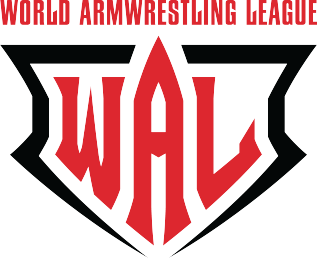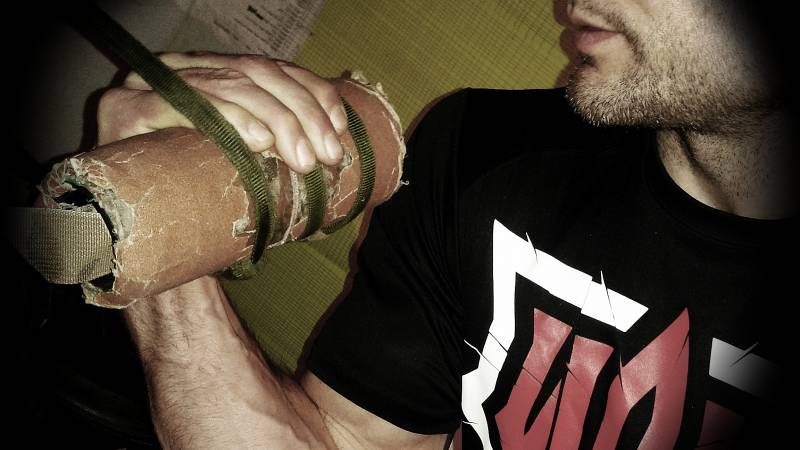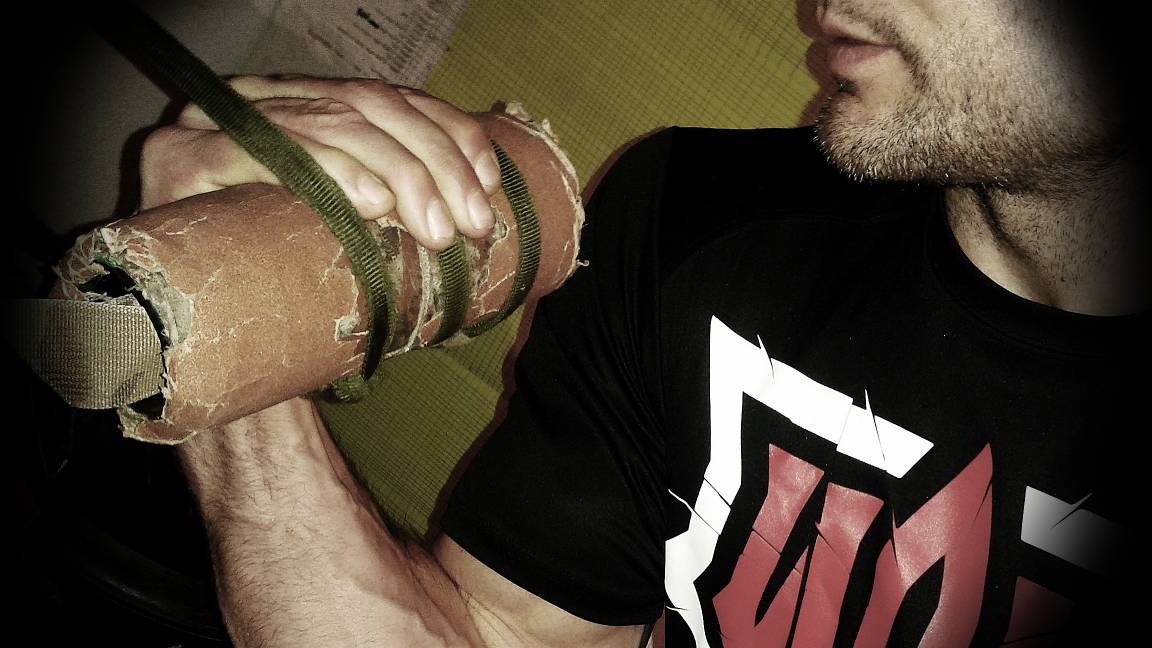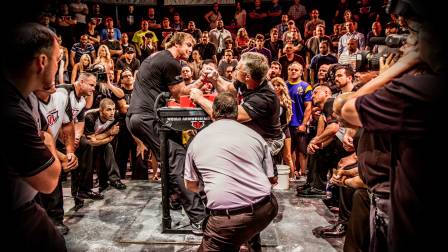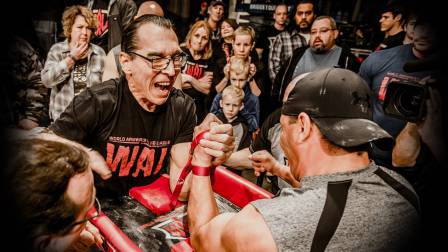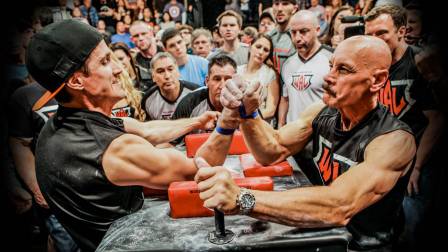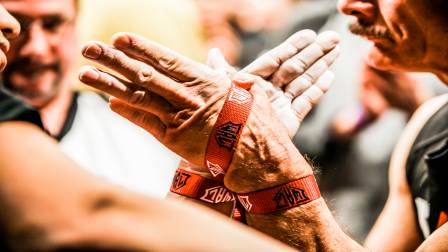5 Tips to Improve Tendon Strength
The best pullers in the World Armwrestling League are not successful just because they have big biceps. Arm-wrestling requires training and strengthening of tendons, ligaments and connective tissues that are vital to being strong on the table, and controlling an opponent. Often, these parts of the arm, wrist and hand don’t get a proper workout at standard gym visits, so Ottawa’s Devon “No Limits” Larratt and Craig “The Fury” Tullier offer some tips to develop the unseen parts of the arm that are key to domination at the table.
- PAY ATTENTION: The ligaments, tendons and other connective structures are going to get sore quickly when pulling, Larratt says. “Muscles are the movers, but connective tissues are everything that holds you together,” he says. Not paying attention to these parts and failing to train them can lead to blown biceps, pulled pectorals and a host of other injuries, and one of the main goals of a pro arm-wrestler is to avoid injury.
- LIGHT WEIGHT, HIGH REPS: Keeping your tendons and ligaments strong involves opening them up whenever possible, according to Larratt. Curls and other exercises that involve small movements with high repetitions and a light weight are good for building up strength in the wrists. Larratt notes that it’s a difficult balance between high reps and still training for the strength a puller needs when he competes. Such conditioning often involves 50 or even 100 reps, he says.
- OPEN UP YOUR HANDS: Tullier uses a variety of homemade gadgets to build strength in his hands and fingers. Grabbing something like a softball or other large item that forces your fingers to do much of the work helps open up all the parts of the hand and get blood flowing, and strengthening the connective tissue in the hands and fingers.
- HEAVY STATIC HOLDS: Tullier will also take a barbell and load it with tons of weight. He’ll pick it up and then just stand there, letting the tendons in his arms and hands hold all the weight. These types of moves force blood into the arms, wrists and hand tendons – the fatigue and recovery leaves them stronger, he says.
- TABLE TIME: One of the best ways to work out the tendons that are important on the table is to just get on the table, arm-wrestlers attest. Finding out what’s sore after a practice session is a great way to zero-in on what connective tissue needs to be conditioned in order to be strong in competition. In sort: get some people together and PRACTICE.

